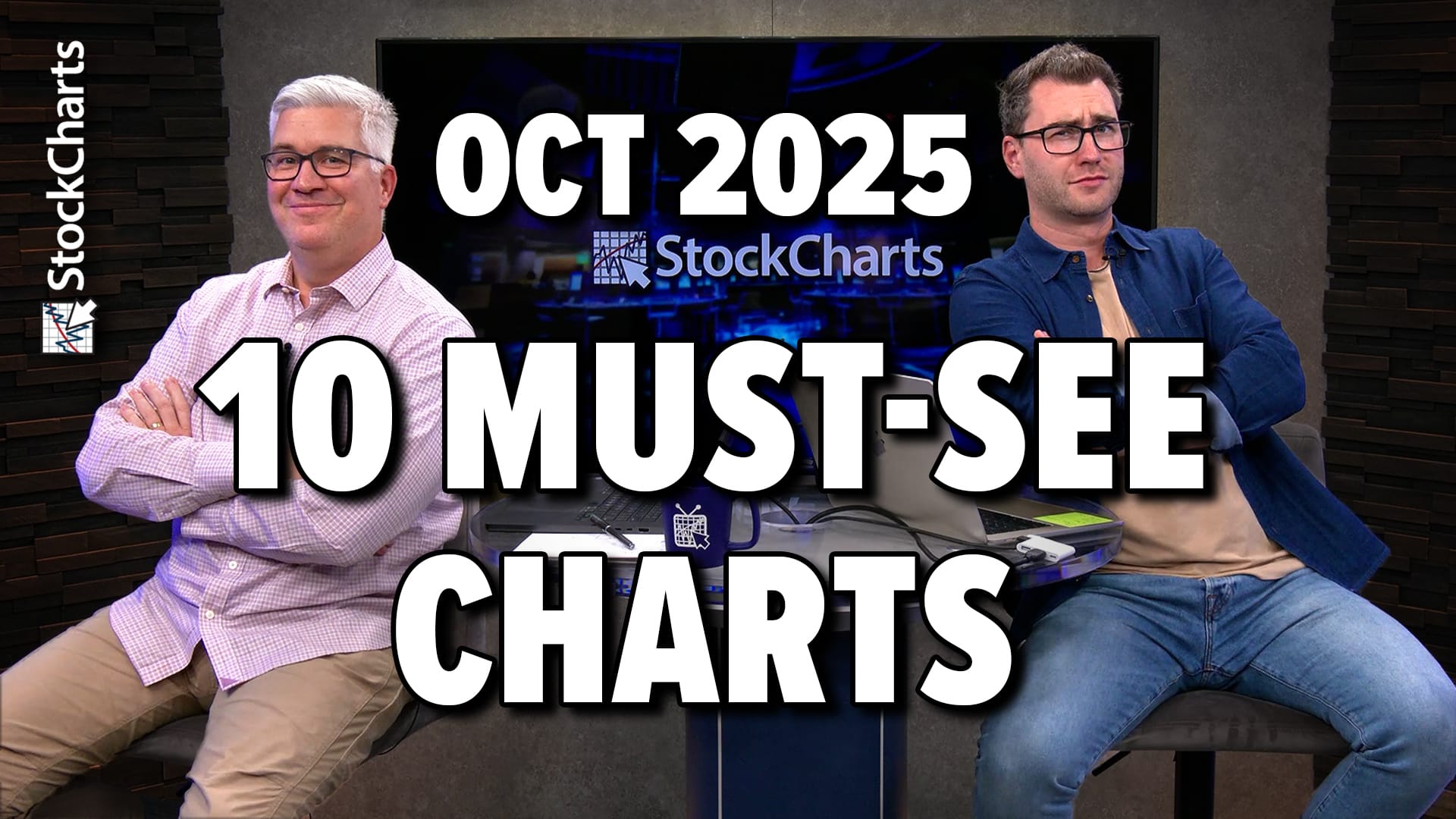DOLLAR DECLINE NEARS SUPPORT AT 1995 LOW -- GOLD STOCKS ARE STARTING TO SLIP WHICH WARNS OF PULLBACK IN BULLION
BE CAREFUL WITH THE DOLLAR... If you've been reading my commentary for any length of time, you'll know that I've been bearish on the dollar for more than two years. My book on Intermarket Analysis, which was written last year, devoted a lot of space to my bearish outlook for the dollar and bullish outlook on gold and other commodities. Having said that, and with the media talking about a falling dollar each day, I feel the need to caution that the dollar is getting overdone on the downside and is nearing a potential support level. At the same time, there are some early (though admittedly) minor signs that gold stocks are starting to correct a bit, which may pave the way for a pullback in gold. Let's start with the dollar. Chart 1 shows the major decline in the US Dollar Index since the start of 2002. [The Dollar Index measures the dollar against a basket of six major foreign currencies]. I recently pointed out that the next support level is the 1991/1994 lows at 80. The Dollar Index closed at 82.97 yesterday and is down again today. That brings the dollar to within 3% of that long-term support level. At the same time, the 14-month RSI is in oversold territory under 30 (and is even showing a little positive divergence). I'm somewhat doubtful that the lows formed in the early 1990's will hold for long. If they don't, watch out. But, at the very least, they should provide some kind of relief for dollar selling. Naturally, if the dollar bounces, gold and gold stocks will experience pullbacks.

Chart 1
GOLD STOCKS ARE PULLING BACK FROM RESISTANCE... I've written many times about the tendency for gold stocks to lead the commodity. That's why I think the next two charts warrant some near-term caution in both. The Gold & Silver (XAU) Index is up against its early 2004 high and is in overbought territory. Its 14-day RSI line is also showing some negative divergence (see falling trendline on the RSI line). That's usually a warning of a short-term top. The chart of Newmont Mining in Chart 3 also warrants short-term caution. NEM is the biggest stock in the XAU and, therefore, carries a lot of weight in its direction. Newmont is starting to back off from its early 2004 peak at 50. That to me is a short-term warning sign. When gold stocks start to slip, gold usually follows.

Chart 2

Chart 3
XAU/GOLD RATIO LEADS TURNS IN GOLD ... Chart 4 plots a ratio of the XAU Index divided by bullion. The arrows show major turning points over the last three years. I've transferred those arrows to the chart of bullion in Chart 5. You'll see that turns in bullion coincided with or followed turns in the XAU/gold ratio. That means that gold stocks lead gold lower at peaks and higher at bottoms. [The fact that gold stocks lead bullion higher during rallies is a big reason why I prefer the stocks to the commodity]. Which brings us back to the present.

Chart 4

Chart 5
XAU/GOLD RATIO IS DROPPING... Chart 6 gives a closer look at the XAU Index. Remember that it's up against its early 2004 high near 112. Secondly, its daily MACD line is showing negative divergence and appears to be turning lower. That's a double negative. Thirdly, the ratio at the bottom of the chart is the XAU divided by the new Gold ETF (GLD). Since the GLD is based on one-tenth of the price of bullion, we can use it as a proxy for gold. The ratio turned up in August just as gold and gold stocks started their recent rally. To the far right, the ratio is starting to drop. That to me is a warning that the rally in both is getting tired. At the same time, gold has reached a short-term target at $450 where gold traders may start to take some profits. [Gold has a way of reacting to and from round numbers]. Even though I think gold will eventually reach $500, it may pause at $450 first.

Chart 6
FLIP-FLOPPING OR FINE-TUNING ... Some of the recent messages I've gotten have accused me of "flip-flopping" on my market views. I suspect that some of our newer readers are confused about the difference between flip-flopping and fine-tuning. I also suspect there's some confusion about the difference between a major trend and a short-term trend. Major trends don't turn too often. Short-term trends do. As a result, there's a continuing need to fine tune short-term market swings. The fact that I may turn more cautious on gold, for example, doesn't mean that I'm flip-flopping on my long-term bullish view. It just means that I see some potential danger over the short-run. It's my job to point that out. I've been bullish on gold and bearish on the dollar for sometime. Now that everyone is jumping on the bandwagon, it may be time to protect one's profits. I would suggest some minor profit-taking in gold stocks for those who are more short-term oriented. Or, protect existing positions with sell stops. I would hold onto a core gold position, however, and use any setback as an opportunity to buy more. I gave the exact same advice on energy stocks in early October as they started to turn down with the price of oil. I recommended re-entry into the oil patch a couple of weeks back as oil stocks turned back up. One reader called that a "flip flop". I call it "fine-tuning".













